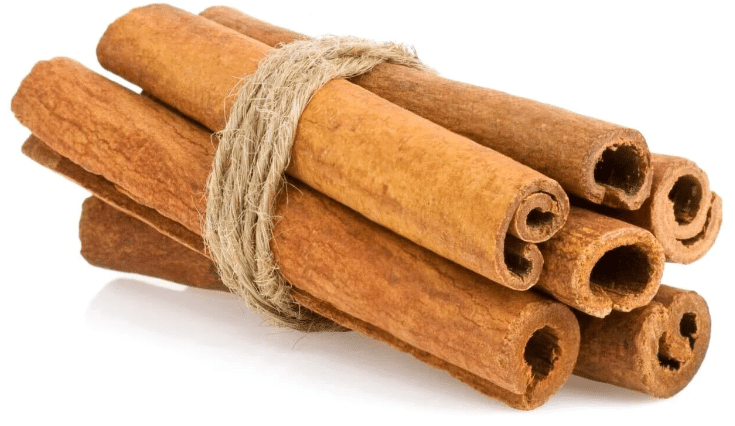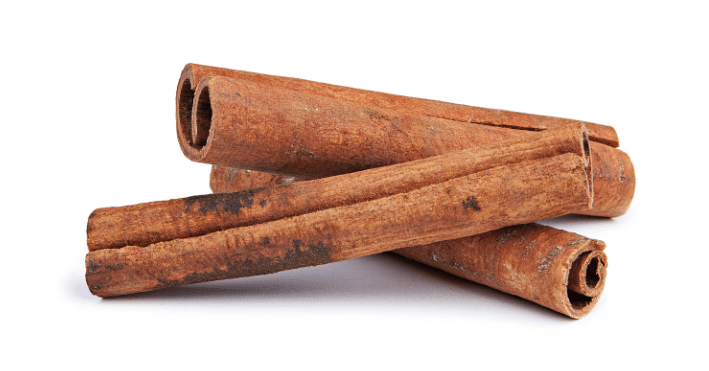Introduction: A Journey into the Aromatic World of Chinese Cinnamon
Stepping into a spice market, you’re instantly greeted by a symphony of scents. Among the vibrant hues and exotic aromas, one spice stands out with its warm, sweet, and subtly spicy fragrance: cinnamon. While many associate cinnamon with distant lands, China boasts a rich history of cinnamon production, dating back millennia. Join us as we embark on a journey to uncover the secrets of Chinese cinnamon, exploring its origins, cultivation, and impact on the global spice trade.
Unveiling the Origins: A Tale of Two Cinnamons
Before we delve into the intricacies of Chinese cinnamon production, it’s crucial to distinguish between the two main types of cinnamon found globally:
- Cassia Cinnamon (Cinnamomum cassia): This is the variety most commonly cultivated and consumed in China. Also known as Chinese cinnamon or Saigon cinnamon, it’s characterized by its thicker, harder quills, darker reddish-brown color, and more intense, slightly sweeter flavor with a hint of bitterness.
- Ceylon Cinnamon (Cinnamomum verum): Originating from Sri Lanka, Ceylon cinnamon, also known as “true cinnamon,” is prized for its delicate, sweeter flavor, lighter tan color, and thinner, more brittle quills that curl into delicate scrolls.
While Ceylon cinnamon is often touted as the “premium” variety, Chinese cassia cinnamon holds its own with its unique flavor profile and versatility in both sweet and savory dishes.
Chinese Cinnamon: A Story Etched in History and Tradition
China’s relationship with cinnamon stretches back over 4,000 years. Ancient Chinese texts mention cinnamon as a prized spice, used in traditional medicine, religious ceremonies, and culinary creations.
- Ancient Medicinal Uses: Traditional Chinese Medicine (TCM) has long recognized cinnamon’s therapeutic properties, using it to aid digestion, improve circulation, and treat various ailments.
- Delicias culinarias: Chinese cuisine incorporates cinnamon into both sweet and savory dishes, adding a warm, aromatic depth to everything from braised meats and stir-fries to desserts and beverages.
- Importancia cultural: Cinnamon holds cultural significance in China, symbolizing wealth, prosperity, and good fortune. It’s often used in traditional festivals and celebrations.
From Tree to Spice: The Journey of Chinese Cinnamon Production
The production of Chinese cinnamon is a meticulous process, requiring expertise and a deep understanding of the cinnamon tree’s life cycle:
- Cultivo: Cassia cinnamon trees thrive in the warm, humid climates of southern China, particularly in the provinces of Guangxi, Guangdong, and Yunnan. These regions, often referred to as the “Spice Islands” of China, provide the ideal conditions for cinnamon cultivation.
- Cosecha: Cinnamon bark is harvested during the rainy season when the bark is most easily separated from the tree. Skilled farmers carefully strip the bark from the branches, leaving the tree intact to regenerate.
- Procesando: The harvested bark undergoes a drying process, during which it curls into the characteristic cinnamon quills. The outer bark is removed, and the quills are sorted and graded based on size, thickness, and aroma.
- Export and Consumption: China is a major exporter of cassia cinnamon, supplying a significant portion of the global demand. The spice is exported in various forms, including whole quills, ground cinnamon, and cinnamon oil.
Export and Consumption: Sharing the Spice with the World
China is a leading player in the global cinnamon market, exporting a significant portion of its cassia cinnamon production. The spice embarks on a journey across continents, reaching kitchens and industries worldwide.
Major Export Destinations:
Chinese cassia cinnamon finds its way to a diverse range of markets:
- Sudeste asiático: Vietnam, Indonesia, and Thailand are major importers, using cinnamon extensively in their local cuisines.
- South Asia: India, a spice powerhouse itself, imports significant quantities of cassia cinnamon from China, incorporating it into curries, spice blends, and traditional medicines.
- The Middle East: Cinnamon is a prized ingredient in Middle Eastern cuisine, used in both sweet and savory dishes. The UAE and Saudi Arabia are key importers of Chinese cinnamon.
- North Africa: From tagines in Morocco to spice blends in Egypt, North African cuisine features cinnamon prominently. China serves as a major supplier to this region.
- América del Norte: The United States and Canada import substantial quantities of Chinese cassia cinnamon, catering to the growing demand for ethnic cuisines and baked goods.

Forms of Export:
Chinese cinnamon is exported in various forms to meet diverse culinary and industrial needs:
- Whole Quills: Prized for their aroma and visual appeal, whole quills are used in traditional dishes, beverages, and potpourri.
- Ground Cinnamon: Convenient and versatile, ground cinnamon is a staple in many kitchens, used in baking, cooking, and spice blends.
- Cinnamon Oil: Extracted from cinnamon bark, cinnamon oil is used in flavorings, fragrances, and traditional medicines.
Consumption Trends:
The demand for Chinese cassia cinnamon continues to grow, driven by:
- Expanding Global Cuisine: The increasing popularity of Asian and Middle Eastern cuisines worldwide has fueled the demand for cinnamon, a key ingredient in many traditional dishes.
- Beneficios para la salud: Cinnamon is recognized for its potential health benefits, including antioxidant and anti-inflammatory properties, further driving consumer interest.
- Versatilidad: From sweet to savory applications, cinnamon’s versatility makes it a sought-after spice in both home kitchens and the food industry.
China’s cinnamon exports not only contribute significantly to its economy but also play a crucial role in satisfying the world’s craving for this warm, aromatic spice.
A Glimpse into China’s Cinnamon Industry
| Región | Principales áreas de producción | Cinnamon Varieties | Volumen de producción (aproximado) |
|---|---|---|---|
| Guangxi Province | Fangchenggang, Chongzuo, Qinzhou | Cassia Cinnamon | 60% de la producción total de China |
| Guangdong Province | Zhanjiang, Maoming | Cassia Cinnamon | 20% of China’s total production |
| Yunnan Province | Xishuangbanna, Dehong | Cassia Cinnamon, Vietnamese Cinnamon | 15% de la producción total de China |
Descripción de la mesa: This table provides a snapshot of China’s key cinnamon production regions, highlighting the dominant cinnamon varieties and their approximate contribution to the nation’s total output.
The Impact of Chinese Cinnamon: Flavoring the World, One Quill at a Time
China’s cinnamon production plays a vital role in the global spice trade, impacting economies, cuisines, and cultural traditions worldwide:
- Economic Engine: Cinnamon cultivation and processing provide vital income and employment opportunities in rural communities across southern China, contributing to economic growth and poverty reduction.
- Culinary Ambassador: Chinese cassia cinnamon is a staple ingredient in cuisines around the world, adding its unique flavor profile to dishes ranging from savory stews and curries to sweet pastries and beverages.
- Cultural Exchange: The trade of Chinese cinnamon has fostered cultural exchange for centuries, connecting people across continents through a shared love for this aromatic spice.
Challenges and Opportunities: Navigating the Future of Chinese Cinnamon
While China’s cinnamon industry enjoys a strong global presence, it faces both challenges and opportunities:
- El cambio climático: Changes in temperature and rainfall patterns can impact cinnamon tree growth and yields, requiring adaptation strategies and sustainable farming practices.
- Competencia en el mercado: Competition from other cinnamon-producing countries, particularly Vietnam, requires Chinese producers to maintain quality standards and explore value-added products.
- Consumer Demand: Evolving consumer preferences for organic and sustainably sourced spices present an opportunity for Chinese cinnamon producers to adopt environmentally friendly practices and certification programs.

Conclusion: The Enduring Legacy of Chinese Cinnamon
From ancient medicinal traditions to modern culinary creations, Chinese cinnamon has left an indelible mark on the world. Its warm, inviting aroma continues to tantalize our senses, while its cultural and economic significance remains deeply interwoven with the lives of millions. As we savor the unique flavor of Chinese cinnamon, let’s appreciate the dedication of the farmers, processors, and traders who bring this spice from the “Spice Islands” to our tables.
More Chinese cinnamon introductions at Canela china: Navegue por el mercado en busca de la mejor calidad
